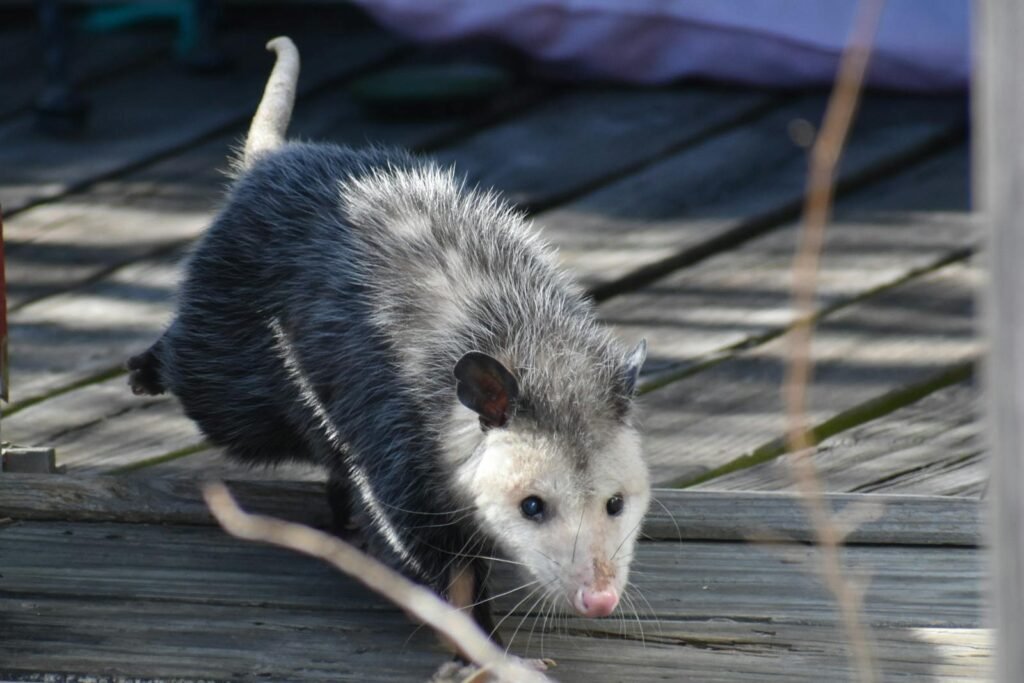They shuffle through the night like small, whispering shadows, often dismissed as pests or harbingers of trouble. Yet the quiet opossum is turning out to be one of the most underrated allies a yard can have, a living lesson in how nature solves problems we usually throw chemicals at. Once you get past the bristly tail and the hiss that sounds tougher than it is, the science paints a very different picture. From curbing disease-carrying parasites to cleaning up the messy parts of our ecosystems, these marsupials are built for helpful work and rarely get the credit. The surprising part is how much of their value hides in the ordinary habits they perform every single night.
Reason One: Nature’s Night-Shift Pest Patrol
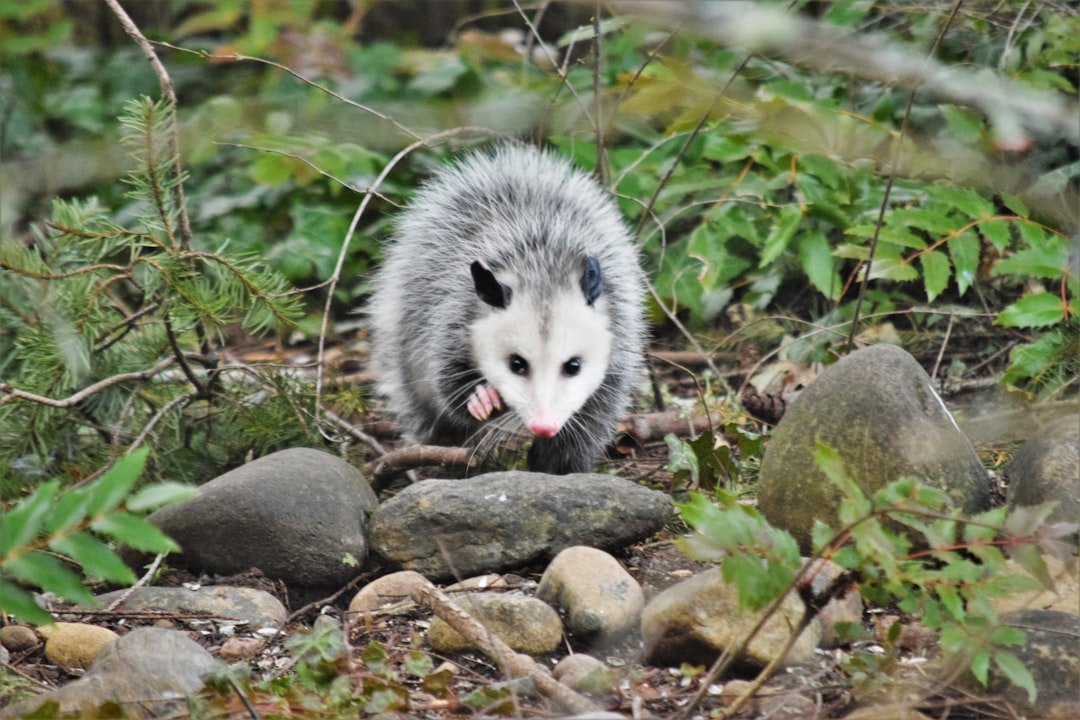
Opossums eat the things most of us do not want to meet in the kitchen or on the patio – cockroaches, snails, slugs, and even small rodents. While they do groom themselves, recent research suggests they don’t actually consume significant numbers of ticks as commonly believed, having minimal impact on local tick populations. That nightly routine acts like quiet neighborhood maintenance, the kind you notice only when it stops. Compared with traps and poisons, it is a non-stop, low-cost service that resets itself every dusk.
On warm nights I’ve watched one work the fenceline like a slow, careful vacuum, nosing through leaf litter with a focus that would embarrass a robot. It is not glamorous, but this is how small-scale ecological balance is kept: bite by bite, without fanfare. If you want fewer pests without spraying, letting a native omnivore do the rounds is a practical, science-backed start.
Reason Two: Rabies Risk Is Far Lower Than You Think
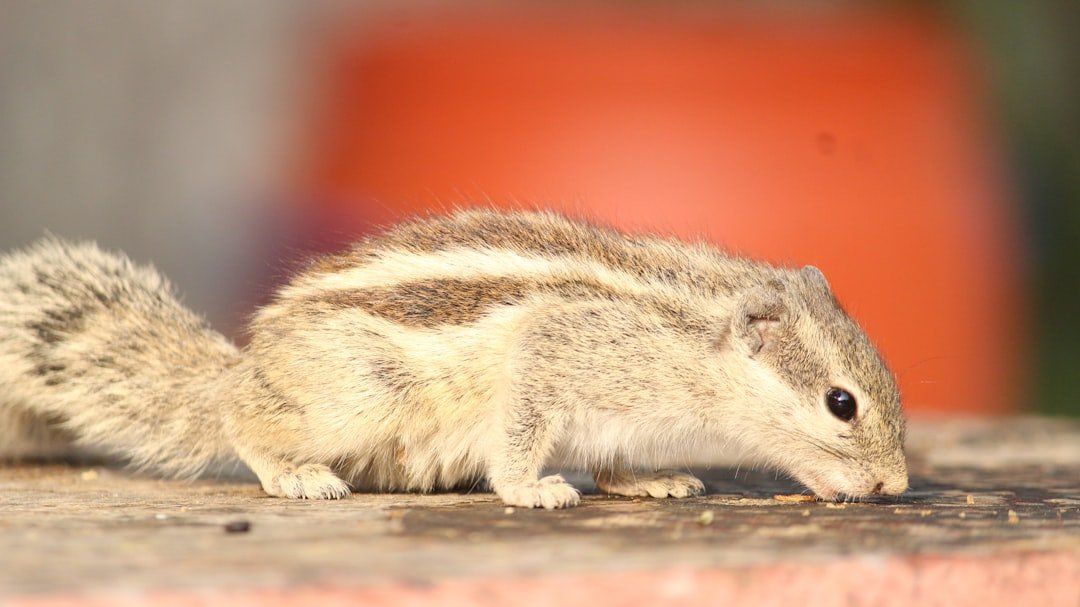
The biggest fear people voice about opossums is disease, especially rabies, and the data are consistently reassuring. Because opossums run cooler than many mammals, the rabies virus struggles to take hold, which is why confirmed cases in this species are rare compared with raccoons, skunks, or bats. That does not mean zero risk – wild animals always warrant distance – but it does mean the common panic is misplaced. In everyday terms, the animal on your fence is statistically far less likely to carry rabies than several other familiar nocturnal neighbors.
Good hygiene and common sense still apply: do not touch, do not feed by hand, and keep pets vaccinated. For most households, coexistence is straightforward, and the health calculus favors calm observation over confrontation. When fear drops, the benefits of having a cautious, low-risk scavenger nearby become easier to appreciate.
Reason Three: Garden Guardian With a Taste for Slugs and Snakes
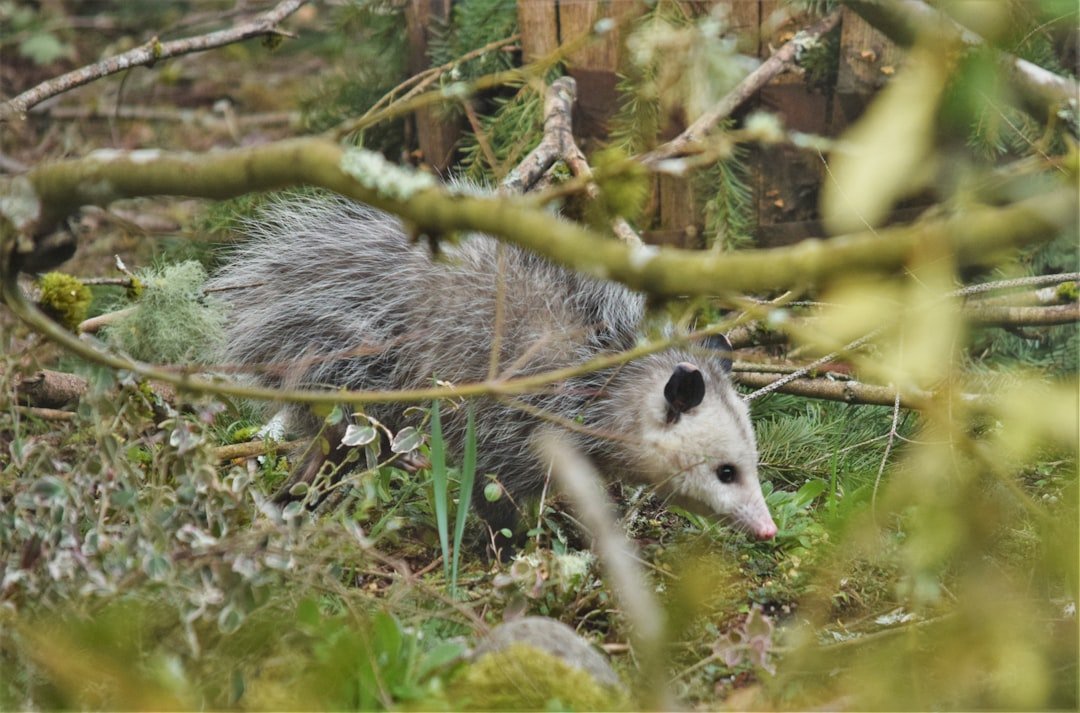
If you grow hostas, lettuce, or strawberries, slugs can feel like a slow-motion disaster, and opossums are natural counters to that problem. They hunt by smell and sound, hoovering up soft-bodied pests that shred leaves and spread plant disease. Gardeners often notice fewer chew marks after regular nocturnal visits, a small but real boost that adds up over a season. The same goes for small snakes, including the occasional venomous species that wanders close to a shed or woodpile.
Researchers have long studied opossum blood proteins that blunt certain snake venoms, which helps explain why these marsupials sometimes survive encounters that would end badly for others. That built-in resilience is not a magic shield, but it tilts the odds. In practical terms, a yard patrolled by an opossum is a little safer for barefoot mornings and a little kinder to delicate greens.
Reason Four: A Built-In Clean-Up Crew That Limits Disease Spread
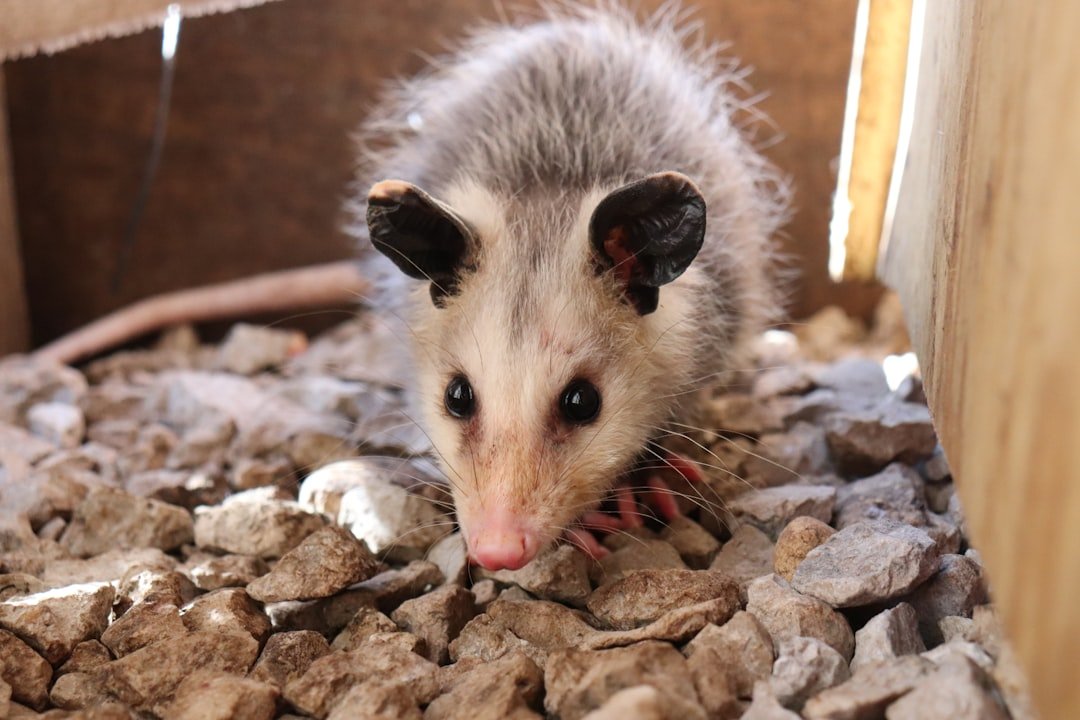
Leftover pet food, fallen fruit, and small carcasses draw rats and flies, and that is where an opossum’s scavenging pays off. By removing what would otherwise rot, they cut down on the buffet that fuels urban vermin. Think of them as the night janitors who roll the dumpster to the curb before the party crashers arrive. It is not a glamorous job, but it interrupts the food chains that make neighborhoods smell and feel unclean.
Because opossums are solitary and do not dig extensive burrows, they tend to move through rather than take over a yard. That means the clean-up comes without the side effect of a colony setting up shop. In a world where rodenticides ripple up food webs, a biological janitor is a sensible alternative.
Reason Five: A Living Lesson in Evolution – and a Window into Medicine
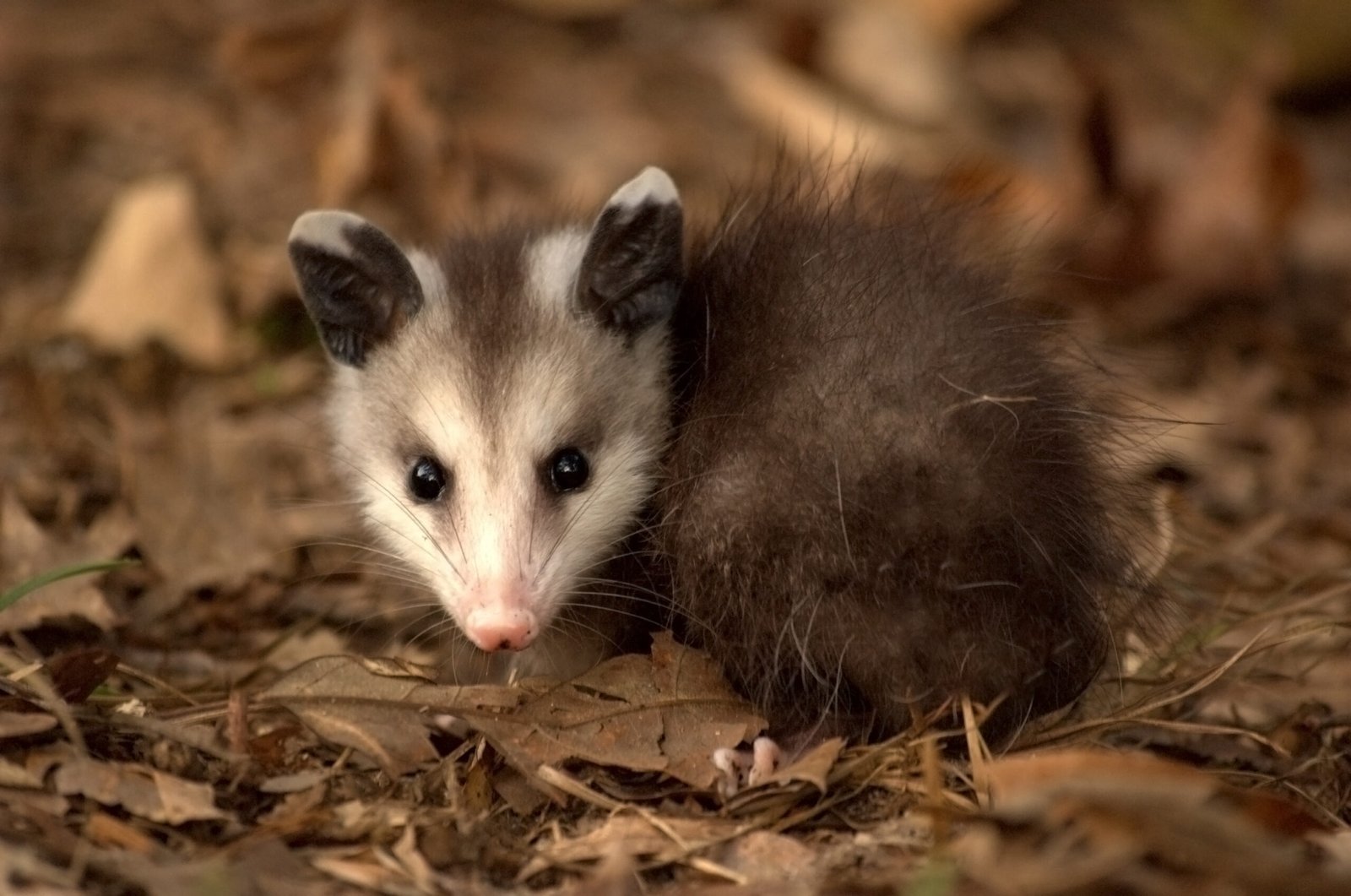
The Virginia opossum is North America’s only native marsupial, carrying tiny newborns in a pouch and thriving in climates that swing from humid heat to winter chill. Their opposable thumb-like toes and prehensile tails are not party tricks; they are survival tools for climbing, balancing, and escaping. This unique biology makes them useful to science, from studies of immune responses to investigations of venom-neutralizing peptides. When we understand how a tough, adaptable generalist stays healthy, we pick up clues for our own health challenges.
Even the famous “playing dead” response – an involuntary shutdown triggered by intense threat – tells researchers about stress physiology and survival strategies. These animals are not monsters or mascots; they are data points, teaching tools, and occasional muses for biomedical ideas. Welcoming one to your yard is like hosting a tiny research collaborator you never have to brief.
Why It Matters: Rethinking Wildlife Policy and Public Health
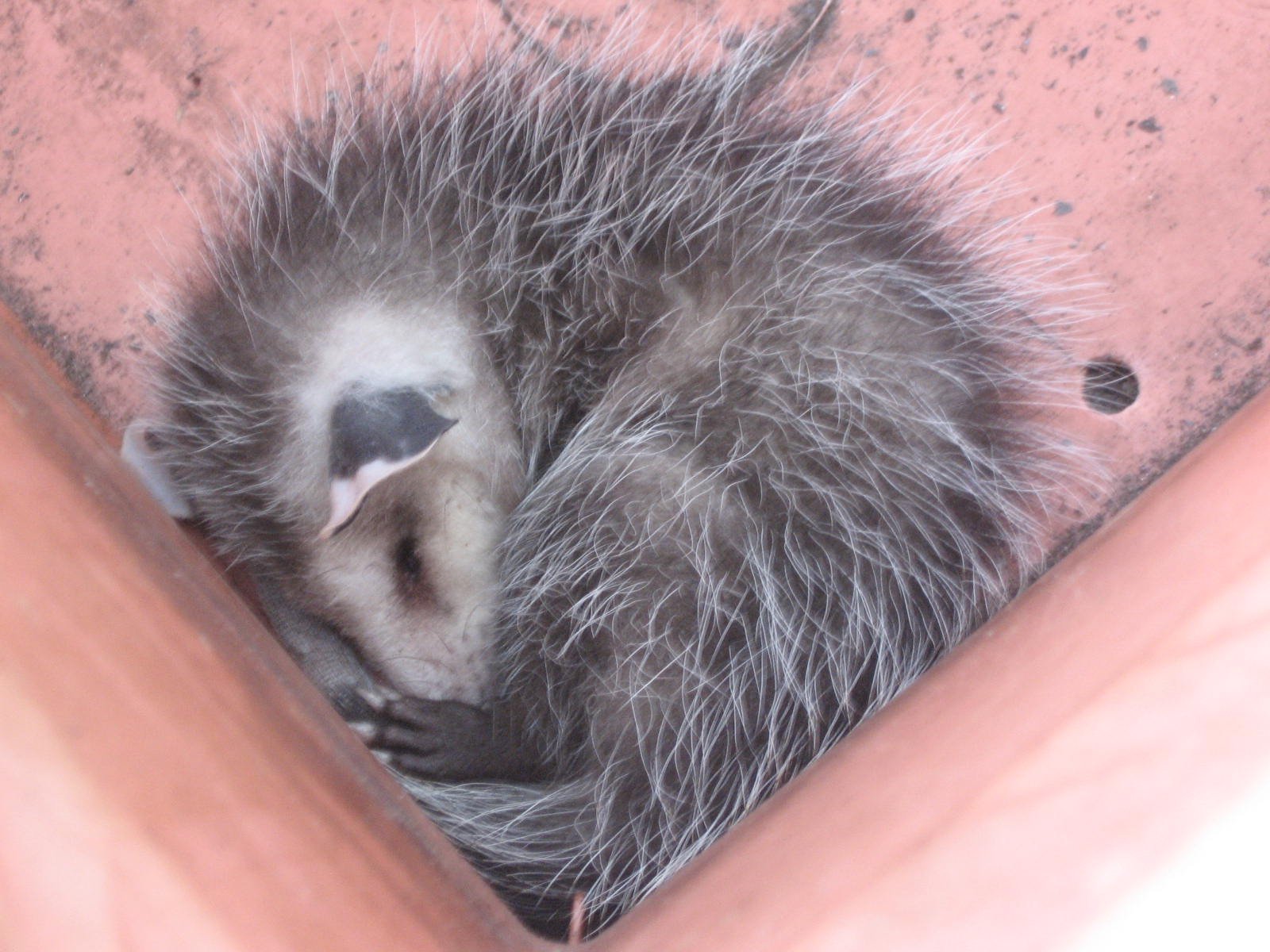
Traditional pest control leans on traps and poisons that can harm pets, songbirds, and raptors that eat poisoned rodents. Allowing native scavengers to do part of the work shifts the burden toward prevention and ecological function. In neighborhoods where garbage management and habitat pockets coincide with tolerant attitudes, residents often report steadier pest levels without escalating chemical use. The cost curve bends in the right direction when nature shoulders labor for free.
Public health benefits from the same approach: fewer open attractants, fewer vermin, and though their impact on tick populations appears to be minimal based on current research. It is not a cure-all, but as part of a layered strategy – yard hygiene, pet vaccines, and seasonal awareness – opossums fit neatly. They help move communities from reactive spraying to proactive stewardship.
The Future Landscape: Research, Urban Design, and Changing Climates
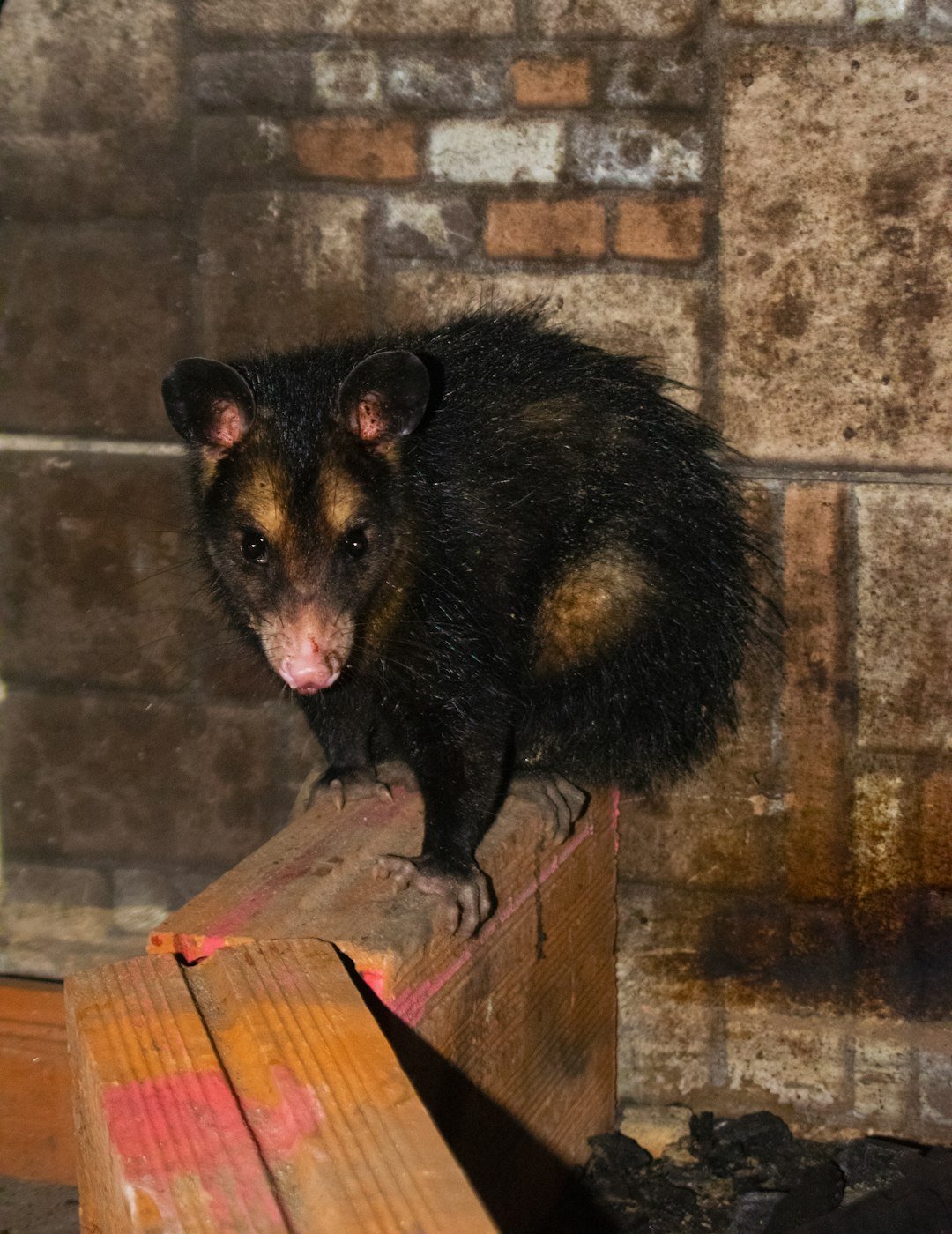
As cities grow, so do the edges where people and wildlife meet, and that is where opossums already excel. Road crossings and night lighting remain hazards, so wildlife-friendly design – lower curbs, vegetated corridors, and small underpasses – can turn risky routes into reliable ones. Community science platforms are making it easier to map where opossums thrive, helping researchers spot patterns in survival, diet, and disease exposure. That feedback loop guides better planning than guesswork ever could.
On the biomedical front, interest in opossum-derived molecules that blunt toxins continues, a reminder that overlooked species can hide practical breakthroughs. Climate shifts may push ranges northward while cold snaps still cap the ceiling, so local data will matter more than broad assumptions. Prepared cities will treat opossums as partners in resilience rather than nuisances to remove.

Suhail Ahmed is a passionate digital professional and nature enthusiast with over 8 years of experience in content strategy, SEO, web development, and digital operations. Alongside his freelance journey, Suhail actively contributes to nature and wildlife platforms like Discover Wildlife, where he channels his curiosity for the planet into engaging, educational storytelling.
With a strong background in managing digital ecosystems — from ecommerce stores and WordPress websites to social media and automation — Suhail merges technical precision with creative insight. His content reflects a rare balance: SEO-friendly yet deeply human, data-informed yet emotionally resonant.
Driven by a love for discovery and storytelling, Suhail believes in using digital platforms to amplify causes that matter — especially those protecting Earth’s biodiversity and inspiring sustainable living. Whether he’s managing online projects or crafting wildlife content, his goal remains the same: to inform, inspire, and leave a positive digital footprint.

